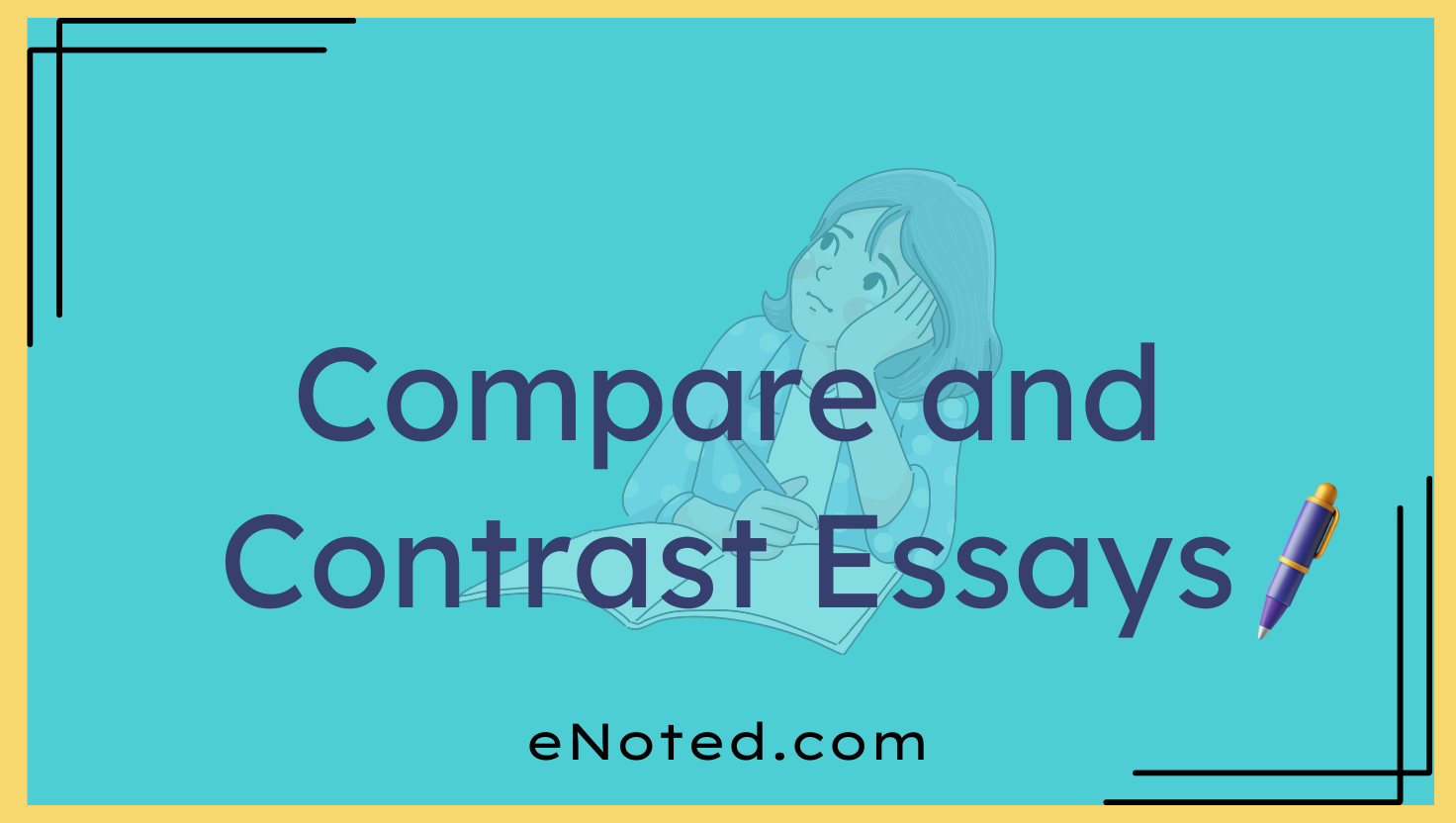Introduction to Compare and Contrast Essays
A compare and contrast essay is a type of writing that analyzes the similarities and differences between two or more subjects. It could focus on ideas, events, books, movies, people, or any other concepts. These essays are a cornerstone of critical thinking and are commonly assigned in middle school, high school, and even college classes to develop analytical skills.
Why Write Compare and Contrast Essays?
Compare and contrast essays help students:
- Sharpen critical thinking skills.
- Explore different perspectives on a topic.
- Organize and articulate ideas clearly.
- Prepare for academic and professional writing tasks.
Such essays are often used in standardized tests, college admission essays, or to evaluate understanding in subjects like literature, history, and science.
How Should a Compare and Contrast Essay Be Organized?
A typical structure includes:
Introduction
- Hook the reader with an interesting statement or question.
- Introduce the subjects and their relevance.
- State the thesis, which highlights the basis for comparison and contrast.
Body Paragraphs
- Use either the Point-by-Point Method or the Block Method:
- Point-by-Point Method: Discuss one point of comparison or contrast at a time, alternating between subjects.
- Block Method: Discuss all points for one subject and then all for the other.
- Include topic sentences to introduce each paragraph.
- Support each point with examples, facts, or quotes.
- Use transitional words like “similarly,” “in contrast,” and “on the other hand” to maintain flow.
Conclusion
- Summarize the main points of comparison and contrast.
- Reiterate the thesis in light of the evidence provided.
- End with a thought-provoking statement or a call to action.
Key Tips for Writing Compare and Contrast Essays
- Choose Appropriate Topics: Subjects should have enough similarities and differences to allow for meaningful analysis.
- Examples:
- “Online vs. Traditional Education”
- “Mac vs. PC”
- “World War I vs. World War II”
- “Poetry vs. Prose”
- Examples:
- Develop a Clear Thesis Statement: Your thesis should specify whether the essay leans more on comparison, contrast, or both.
- Create an Outline: This helps organize your thoughts and ensures your essay flows logically.
- Use Evidence: Back your points with examples, data, or quotes from reliable sources.
- Maintain Formality: Keep the tone academic and avoid slang unless specified otherwise.
- Revise and Edit: Always proofread for coherence, grammar, and spelling errors.
Examples and Scenarios
- Educational Setting: A teacher might assign a compare and contrast essay to evaluate the differences between two literary works such as “1984” by George Orwell and “Brave New World” by Aldous Huxley.
- Professional Use: Marketers could write such essays to highlight the pros and cons of competing products.
Can Compare and Contrast Essays Be Written in First Person?
Generally, academic compare and contrast essays are written in the third person. However, using the first person might be acceptable for informal or personal reflective essays where subjective opinions are encouraged.
How to Conclude a Compare and Contrast Essay
The conclusion should:
- Recap the main points without repeating them verbatim.
- Restate the thesis in a new way to reinforce its significance.
- End with a closing thought that leaves the reader thinking about the subject.
How to Title Compare and Contrast Essays
Titles should be descriptive and hint at the subjects being compared. Examples include:
- “City Life vs. Suburban Life: A Comparative Study”
- “Shakespeare and Modern Theatre: Bridging Two Eras”
Teaching and Learning Compare and Contrast Essays
Teachers can use structured methods to simplify the writing process. Students are guided on structuring their essays and understanding the balance between comparison and contrast.
Conclusion
Compare and contrast essays are versatile and invaluable in both academic and real-world contexts. By mastering the art of comparing and contrasting, students not only excel in their studies but also develop a critical skill set applicable in various fields. Whether analyzing historical events or deciding between two career paths, this essay format offers clarity and depth to your thought process.

